What to know
- Google’s update to the Find My Device network will allow Android users to find their devices even if they’re offline.
- With support for various Bluetooth trackers, you can also track Fast Pair accessories, and devices that aren’t directly on the Find My Device network, as well as detect unwanted trackers around you.
- The update to Find My Device brings it on par with Apple’s own Find My service and, in terms of the sheer number of Android devices on the network, could even outperform it.
Announced way back at Google I/O 2023, the new Find My Device network on Android is finally here. But it’s not just a simple update to the current Find My Device service; it’s an upgrade that will actually let you find your devices regardless of whether or not they’re connected to the internet, and alert you to unknown trackers nearby. This is not unlike Apple’s Find My network. But the upgraded Find My Device network could, with a wider release, become even better and more capable than Apple’s Find My network.
Here’s everything you need to know about the new Find My Device network on Android and how it helps.
What is the new Find My Device network on Android?
The new Find My Device network is a location-tracking network for Bluetooth-equipped Android phones and tablets. Devices that have opted into the service will be able to ping and mark the location of other such devices (that have also opted in) via Bluetooth, thus creating a larger network where you and others can securely find lost items.
With over a billion Android phones out there daily accessing the Play Store, this is gearing up to be a mighty big network.

The new Find My Device network also supports devices like Pixel Buds, with headphones from JBL and Sony soon to get similar support, as well as various Bluetooth tracks from Tile, Chipolo, and Pebblebee. On top of that, Google’s Find My Device network also lets you track other unwanted trackers, including AirTags that are not on the network.
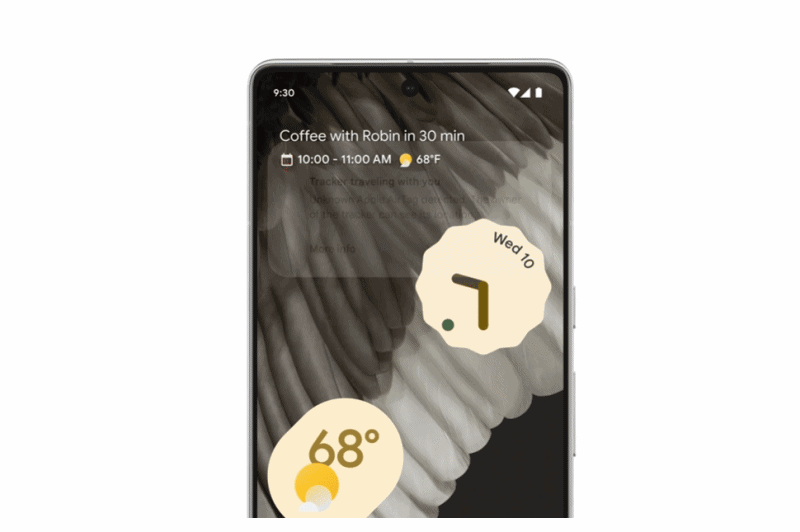
How does the new Find My Device network help?
The previous iteration of Find My Device had a lot of caveats to locating devices, such as having internet and location services turned on, which made it ineffective if your device ran out of charge or was turned off. But the new Find My Device network has some crucial advantages, the primary one being the ability to locate devices even if they’re offline.
Since it is the wider network of Android devices that is helping you locate your device, you’ll be able to locate it pretty much anywhere as long as it’s within Bluetooth proximity. And thanks to support for additional Bluetooth trackers, you’ll be able to track devices that don’t directly work with Find My Device by simply attaching a Bluetooth tracker.
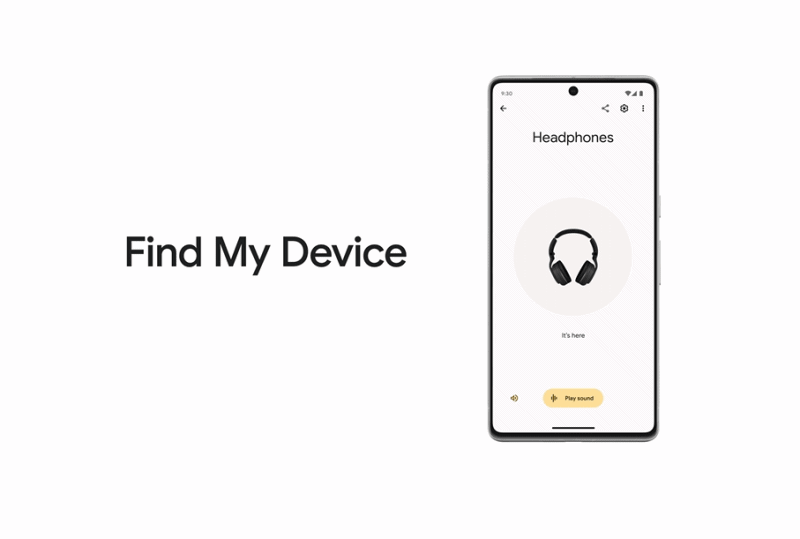
You can also track compatible Fast Pair accessories once they’re disconnected from your device, including earbuds, headphones, and trackers. This last point also means that Find My Device can sniff out unwanted trackers that have been spying on you. You can also manually scan for such trackers around you.
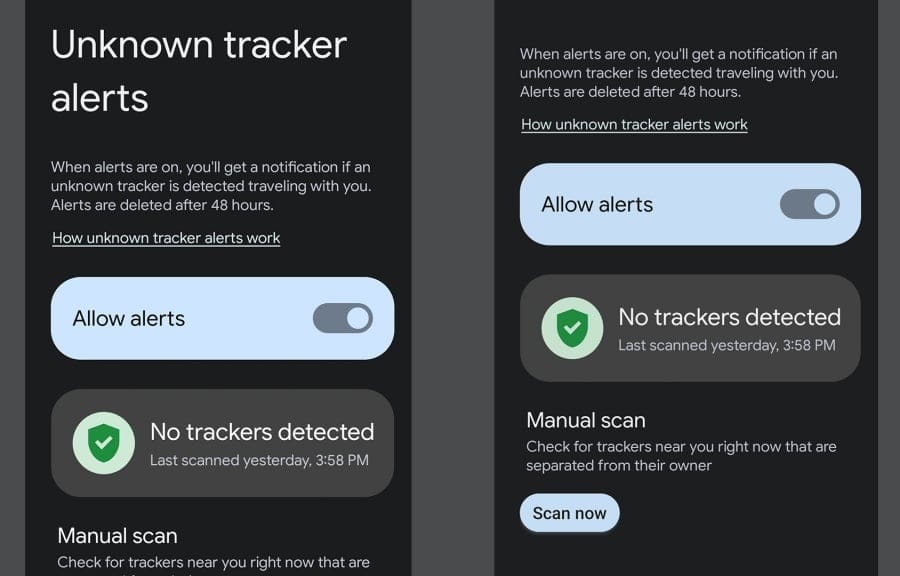
This feature has been developed jointly by Google and Apple, which allows alerts for unwanted trackers to be sent on both platforms. Earlier, Google delayed the release of the new Find My Device network chiefly for this reason, as it wanted Apple to roll out unwanted tracker alerts for its own service.
Google’s Find My Device network is currently available for users in the United States and Canada. A wider global release is close at hand.
Being on the Find My Device network is a win-win situation for all Android users. Even though users will have the option to opt out, it’s highly recommended that you stay on the network so you can help others as well as yourself find lost items.


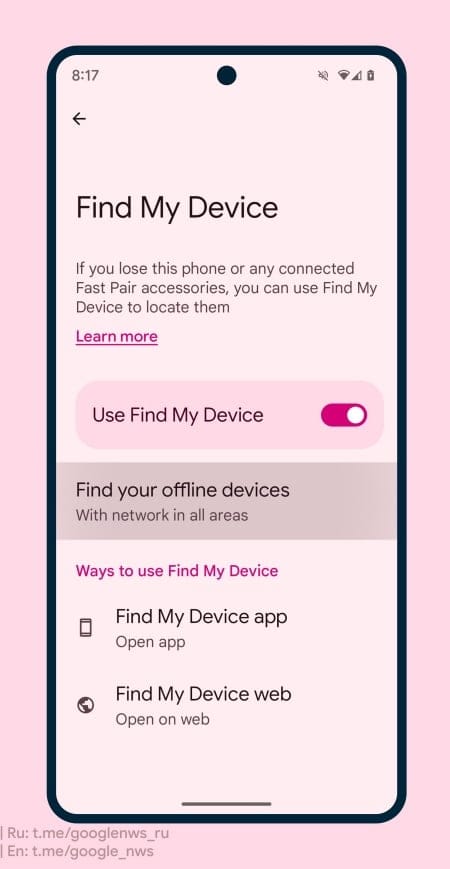
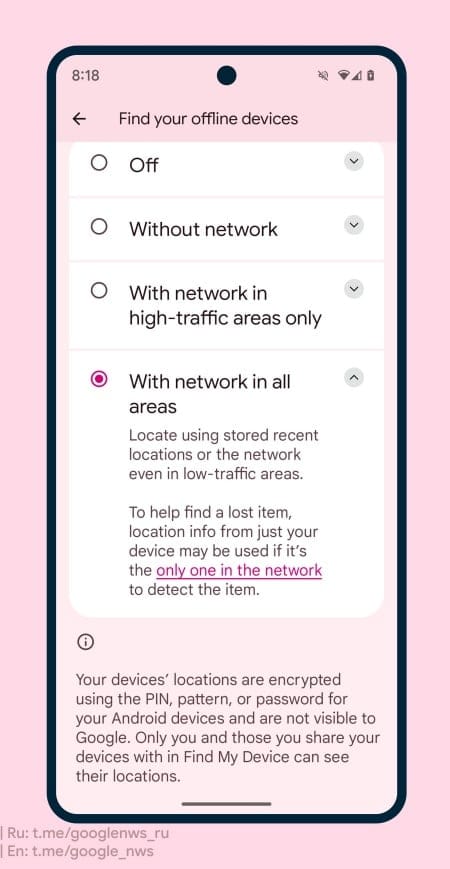











Discussion